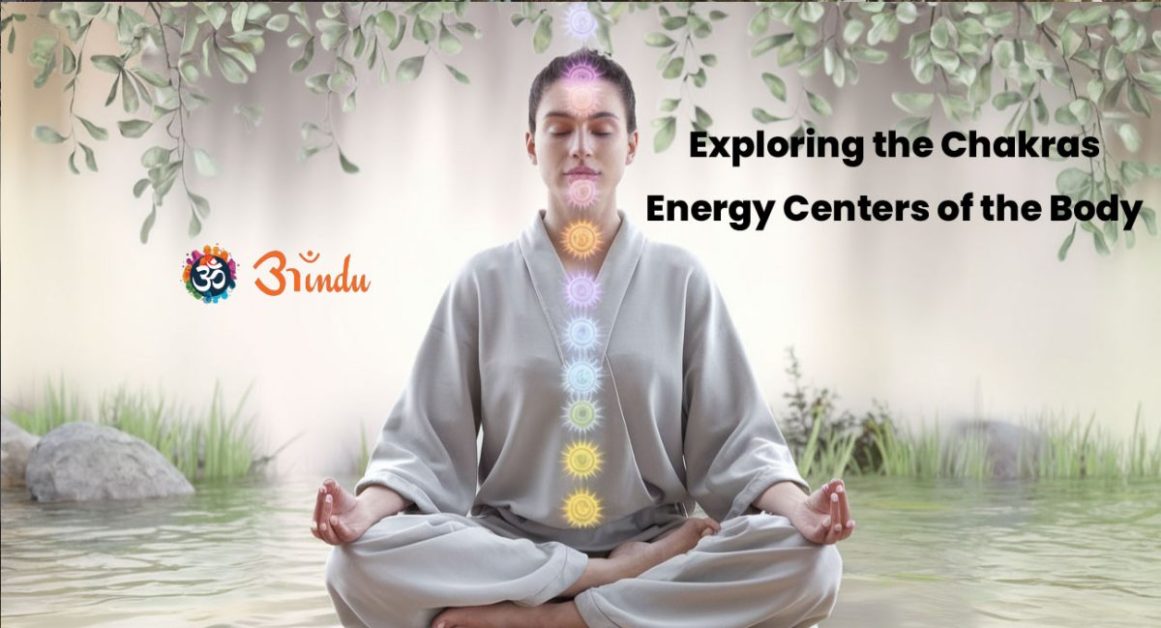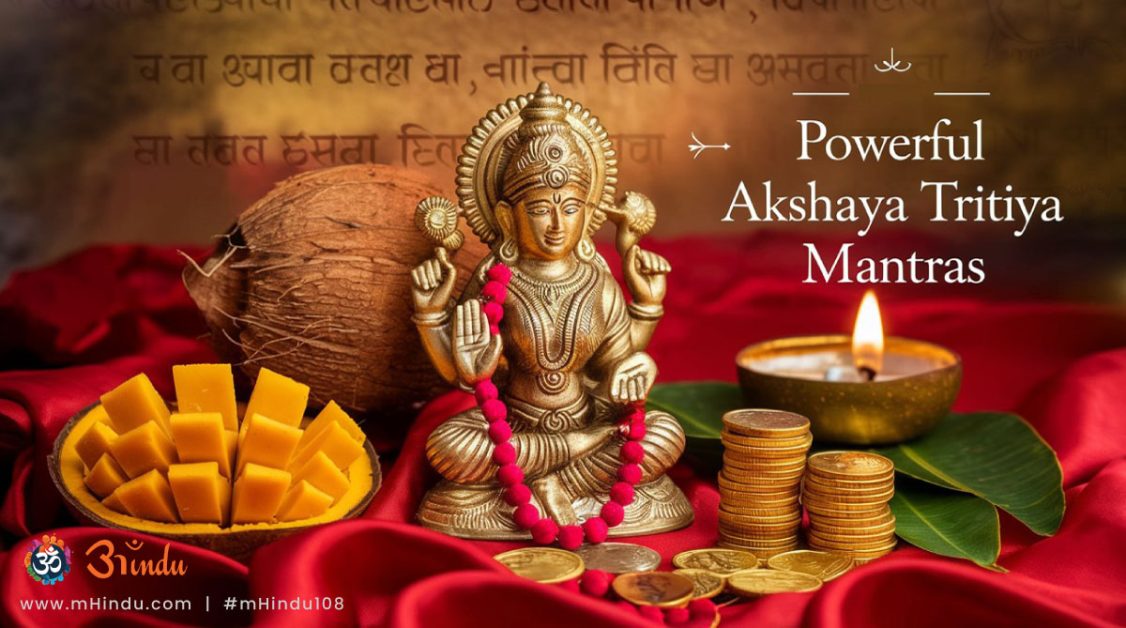
Within the subtle body, according to Hindu philosophy, reside powerful energy centers known as chakras. These vital points are believed to influence our physical, emotional, and spiritual well-being. Understanding and working with the chakras can be a transformative journey, leading to greater balance, harmony, and self-awareness.
Explore Blog Content
ToggleWhat are Chakras?
Chakras are often described as spinning wheels of energy located along the spine, from the base to the crown of the head. Each of the seven primary chakras is associated with specific colors, elements, functions, and emotions. They act as energy gateways, regulating the flow of prana (life force) throughout the body.
The concept of chakras is not unique to Hinduism; similar energy systems are found in other traditions, such as Traditional Chinese Medicine (meridians) and various indigenous healing practices.
The Seven Primary Chakras
Here’s a closer look at the seven primary chakras:
- Muladhara (Root Chakra): Located at the base of the spine, the Muladhara is associated with the element of earth, the color red, and the feeling of security and grounding. It governs our sense of survival and connection to the physical world.
- Svadhisthana (Sacral Chakra): Situated in the lower abdomen, the Svadhisthana is linked to the element of water, the color orange, and our creativity, passion, and pleasure. It governs our emotions and sensuality.
- Manipura (Solar Plexus Chakra): Located in the upper abdomen, the Manipura is connected to the element of fire, the color yellow, and our personal power, will, and self-esteem. It governs our digestion and metabolism.
- Anahata (Heart Chakra): Located in the center of the chest, the Anahata is associated with the element of air, the color green (or pink), and love, compassion, and forgiveness. It governs our relationships and emotional well-being.
- Vishuddha (Throat Chakra): Situated in the throat, the Vishuddha is linked to the element of ether (space), the color blue, and communication, self-expression, and truth. It governs our ability to speak our truth.
- Ajna (Third Eye Chakra): Located in the center of the forehead, between the eyebrows, the Ajna is associated with the element of light, the color indigo (or purple), and intuition, wisdom, and inner vision. It governs our perception and insight.
- Sahasrara (Crown Chakra): Located at the crown of the head, the Sahasrara is connected to the element of thought (or cosmic energy), the color violet (or white), and spiritual connection, enlightenment, and oneness. It governs our connection to the divine.
The Importance of Chakra Balancing
When the chakras are balanced, energy flows freely, promoting physical, emotional, and spiritual well-being. Imbalances in the chakras can manifest as physical ailments, emotional difficulties, or spiritual blockages.
"Yoga is the journey of the self, through the self, to the self."Bhagavad Gita
Techniques for Chakra Healing and Balancing
Several techniques can be used for chakra healing and balancing:
- Meditation: Focused meditation on specific chakras can help to clear blockages and restore balance.
- Yoga: Certain yoga postures are believed to stimulate and balance the chakras.
- Mantra Chanting: Chanting specific mantras associated with each chakra can help to activate and harmonize their energy.
- Crystals: Certain crystals are believed to have healing properties that can be used to balance the chakras.
- Aromatherapy: Essential oils can be used to support chakra balancing.
- Reiki: This energy healing modality can help to clear blockages and restore balance to the chakras.
- Sound Healing: Using singing bowls or other instruments can create vibrations that help to balance the chakras.
Integrating Chakras into Daily Life
Understanding the chakras can provide valuable insights into our own experiences and patterns. By paying attention to our physical, emotional, and mental states, we can identify potential chakra imbalances and take steps to restore harmony.
Conclusion
The chakras are a vital part of the subtle body, influencing our overall well-being. By understanding their functions and learning how to balance them, we can unlock our full potential and experience greater harmony and joy in life.
FAQs Section
- What are chakras and where are they located?
Chakras are energy centers in the subtle body, located along the spine from the base to the crown of the head. - How many primary chakras are there?
There are seven primary chakras. - What is the function of each chakra?
Each chakra is associated with specific functions, emotions, and areas of life, as detailed in the blog post. - What are the signs of a chakra imbalance?
Chakra imbalances can manifest as physical, emotional, or spiritual difficulties. - How can I balance my chakras?
Several techniques, including meditation, yoga, mantra chanting, and crystal healing, can be used to balance the chakras. - Can I balance my chakras on my own?
Yes, many self-help techniques are available. However, seeking guidance from a qualified energy healer or practitioner can be beneficial. - How long does it take to balance the chakras?
The time it takes varies depending on the individual and the severity of the imbalance. Consistent practice is key. - Are chakras related to any specific physical or emotional issues?
Imbalances in specific chakras are often associated with particular physical or emotional challenges. Researching chakra associations can provide insights.







